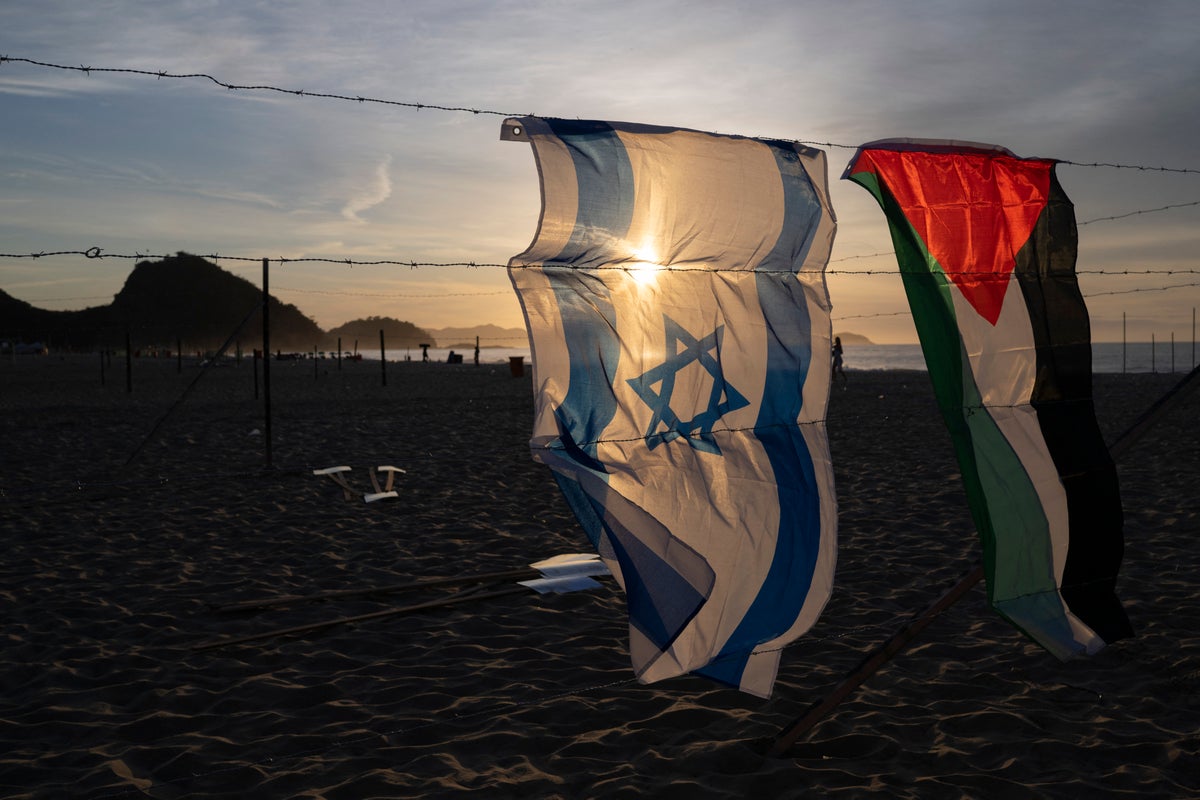Wednesday evening in the United States brought the news millions across the world have been praying for: a ceasefire deal for Gaza that hopefully heralds in the end of one of the bloodiest conflicts of our time.
The details of the deal have yet to be fully disclosed. Reports are emerging that it will initially concern the release of the remaining 20 living hostages, who could be freed as early as this weekend. In tandem, there will be the release of hundreds of Palestinians in Israeli prisons and a staged withdrawal of Israeli forces from the besieged enclave.
A source familiar with the negotiations told The Independent Hamas will start releasing the 20 living hostages as early as Saturday, the 28 bodies of the remaining deceased hostages are apparently not included in this phase.
But it is important to note this is an initial phase, not the entire plan for the final end to this devastating two-year conflict. It is not an answer to what comes next for Gaza.
That said, U.S. President Donald Trump and the Qatari leadership triumphantly announced Wednesday that Israel and Hamas have agreed to a “first phase” of a Gaza truce, anchored on a 20-point peace plan Trump first proposed a few weeks ago.
In a characteristically enthusiastic social media post, Trump said that would mean “ALL of the Hostages will be released very soon” and also that Israel will withdraw their troops “to an agreed upon line”. He spoke of “the first steps toward a Strong, Durable, and Everlasting Peace” and signed off with “BLESSED ARE THE PEACEMAKERS”.
In more sober tones, Dr Majed al-Ansari, spokesperson for the Qatari foreign ministry, said that negotiators had agreed on an “implementation mechanism” for the first part of an agreement he also insisted “will lead to ending the war”.
He said that not only included the release of Israeli hostages, but also Palestinian prisoners, and the entry of aid.
There remain many, many questions. Hamas will not have agreed to hand over its only leverage card without some serious guarantees from the U.S., that has power being the largest weapons supplier to Israel. Netanyahu will also have to sell this to the war-mongering extreme-right members of his cabinet, who have repeatedly threatened to collapse his razor-thin coalition if he signs a deal.
It also doesn’t answer whether Hamas agreed to disarm, whether Gaza will be “demilitarised” as Trump’s plan insisted, who or what will run Gaza in the short and long term, whether Hamas will be permitted any role in that and whether this is ultimately a pathway to Palestinian statehood.
Then there is the occupied West Bank, which has also seen unprecedented levels of violence, where another kind of war has been raging for two years, and which wasn’t even mentioned in Trump’s initial 20-point plan proposal.
But either way, this is a movement towards the end of the slaughter that we have not seen before.
It will bring much needed respite to millions of Palestinians in Gaza who have endured bombing, displacement, destruction, famine and – as a recent UN commission of enquiry concluded – genocide.
It will be an answer to the desperate cries from the families of the remaining 48 hostages and captives, who have been in the streets for two years begging Netanyahu for a truce exchange deal to bring their loved ones home.
The international community must rally around it to ensure it delivers a fair and just peace.

